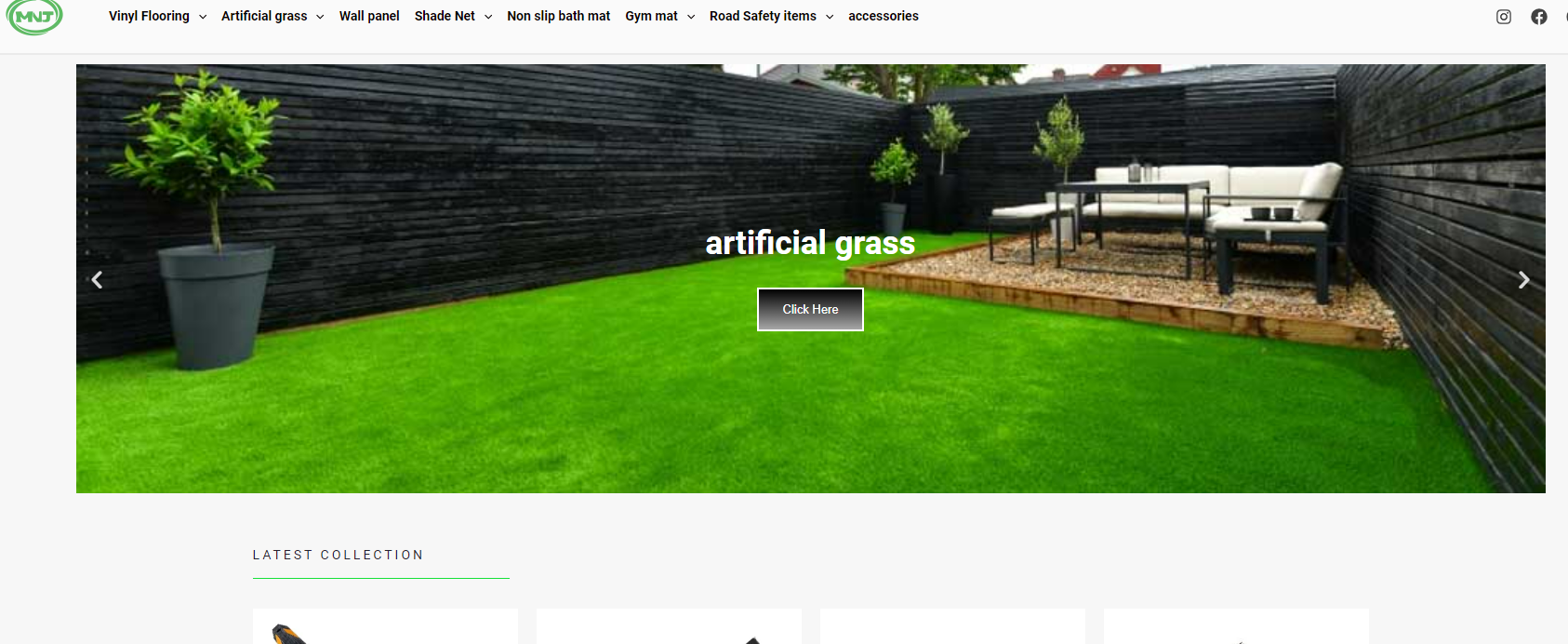-
Table of Contents
“Adapting to the Future: Unveiling the Desires of Homebuyers in Australia’s Housing Market Today”
Introduction:
Consumer preferences in the housing market are constantly evolving, driven by various factors such as changing lifestyles, economic conditions, and societal trends. In Australia, homebuyers’ preferences have undergone significant shifts in recent years, reflecting a desire for certain features and amenities in their ideal homes. This article explores the key aspects that homebuyers are currently looking for in Australia’s housing market, providing insights into the evolving demands and expectations of prospective homeowners.
Sustainable and Eco-Friendly Features in Homes
In recent years, there has been a noticeable shift in consumer preferences when it comes to the housing market in Australia. Homebuyers are increasingly looking for sustainable and eco-friendly features in their homes. This change in preferences can be attributed to a growing awareness of the environmental impact of traditional housing practices, as well as a desire to reduce energy consumption and lower utility bills.
One of the most sought-after sustainable features in homes today is solar panels. Solar energy is a clean and renewable source of power that can significantly reduce a home’s reliance on traditional electricity. With advancements in technology, solar panels have become more affordable and efficient, making them an attractive option for many homebuyers. Not only do solar panels help homeowners save money on their energy bills, but they also contribute to a greener and more sustainable future.
Another feature that homebuyers are increasingly looking for is energy-efficient appliances. Energy-efficient appliances, such as refrigerators, washing machines, and dishwashers, are designed to use less energy while still providing the same level of functionality. These appliances often come with an Energy Star rating, which indicates that they meet strict energy efficiency guidelines set by the government. By choosing energy-efficient appliances, homeowners can reduce their carbon footprint and save money on their utility bills.
Water conservation is also a top priority for many homebuyers. Australia is known for its dry climate, and water scarcity is a significant concern in many parts of the country. As a result, homebuyers are looking for homes that have water-saving features, such as low-flow toilets, water-efficient showerheads, and rainwater harvesting systems. These features not only help homeowners reduce their water consumption but also contribute to the overall sustainability of the community.
In addition to these specific features, homebuyers are also interested in homes that are built with sustainable materials. Traditional construction practices often involve the use of materials that are harmful to the environment, such as concrete and steel. However, there is a growing trend towards using sustainable materials, such as bamboo, reclaimed wood, and recycled materials. These materials are not only more environmentally friendly but also have the added benefit of being aesthetically pleasing.
Furthermore, homebuyers are increasingly interested in homes that are designed with passive design principles in mind. Passive design refers to the strategic use of natural elements, such as sunlight and airflow, to regulate the temperature and lighting in a home. By incorporating features such as large windows, skylights, and well-insulated walls, homeowners can reduce their reliance on artificial heating and cooling systems. This not only reduces energy consumption but also creates a more comfortable and sustainable living environment.
In conclusion, the preferences of homebuyers in Australia’s housing market have evolved to prioritize sustainable and eco-friendly features. Solar panels, energy-efficient appliances, water-saving features, sustainable materials, and passive design principles are all highly sought-after by today’s homebuyers. As the awareness of environmental issues continues to grow, it is likely that these preferences will become even more prevalent in the future. Homebuilders and developers would be wise to adapt to these changing preferences and incorporate sustainable features into their designs to meet the demands of the market. By doing so, they can not only attract more buyers but also contribute to a greener and more sustainable future for Australia.
Smart Home Technology and Automation
Smart Home Technology and Automation
In today’s rapidly evolving housing market, homebuyers in Australia are increasingly looking for properties that offer smart home technology and automation. This growing trend is driven by the desire for convenience, energy efficiency, and enhanced security. As technology continues to advance, homeowners are seeking properties that can be seamlessly integrated with their digital lifestyles.
One of the key features that homebuyers are looking for is a smart home automation system. This system allows homeowners to control various aspects of their home, such as lighting, heating, and security, through a centralized hub or smartphone app. With just a few taps on their phone, homeowners can adjust the temperature, turn on/off lights, and even monitor their home security cameras from anywhere in the world.
Energy efficiency is another important factor for homebuyers. With rising energy costs and growing concerns about the environment, many buyers are seeking homes that are equipped with smart energy management systems. These systems can monitor and optimize energy usage, resulting in lower utility bills and a reduced carbon footprint. For example, smart thermostats can learn the homeowners’ preferences and automatically adjust the temperature to save energy when no one is home.
Home security is also a top priority for homebuyers. Smart home technology offers a range of security features that provide peace of mind to homeowners. From smart locks that can be controlled remotely to video doorbells that allow homeowners to see and communicate with visitors, these features enhance the overall security of the property. Additionally, smart security systems can send real-time alerts to homeowners’ smartphones in case of any suspicious activity, allowing them to take immediate action.
Another aspect of smart home technology that is gaining popularity is voice control. Homebuyers are increasingly interested in properties that are compatible with voice assistants such as Amazon Alexa or Google Assistant. With voice control, homeowners can simply speak commands to control various devices in their home, making everyday tasks even more convenient. For example, they can ask their voice assistant to turn on the lights, play music, or even order groceries.
Furthermore, homebuyers are looking for properties that offer a high level of connectivity. They want homes that are equipped with robust Wi-Fi networks and have the infrastructure to support multiple devices. This is particularly important as more and more devices, such as smart TVs, smart speakers, and smart appliances, are being connected to the internet. A strong and reliable internet connection is essential for seamless integration and optimal performance of these devices.
In conclusion, smart home technology and automation have become significant factors in the decision-making process for homebuyers in Australia’s housing market. The desire for convenience, energy efficiency, enhanced security, and connectivity has driven the demand for properties that offer these features. As technology continues to advance, it is expected that smart home technology will become even more prevalent in the housing market, catering to the evolving preferences of homebuyers.
Flexible and Multi-Purpose Living Spaces
Evolving Consumer Preferences: What Homebuyers Are Looking for in Australia’s Housing Market Today
In today’s ever-changing housing market, homebuyers in Australia are increasingly seeking flexible and multi-purpose living spaces. Gone are the days when a traditional layout with separate rooms for each specific function was the norm. Instead, modern homebuyers are looking for homes that can adapt to their changing needs and lifestyles.
One of the key reasons behind this shift in consumer preferences is the changing dynamics of family life. With more and more families opting for dual-income households, the need for flexible living spaces has become paramount. Homebuyers are now looking for homes that can easily accommodate both work and play, allowing them to seamlessly transition between different activities throughout the day.
Another factor driving the demand for flexible living spaces is the rise of remote work. As technology continues to advance, an increasing number of professionals are opting to work from home. This has led to a growing need for dedicated home offices or workspaces within residential properties. Homebuyers are now prioritizing homes that offer a designated area where they can comfortably work without distractions.
Furthermore, the desire for multi-purpose living spaces is also fueled by the growing trend of multi-generational living. With aging parents or adult children moving back in with their families, there is a need for homes that can accommodate multiple generations under one roof. Homebuyers are now seeking properties that offer separate living areas or granny flats, allowing for privacy and independence while still being part of a larger household.
To meet these evolving consumer preferences, architects and developers are now incorporating flexible design elements into their projects. Open floor plans have become increasingly popular, as they allow for seamless flow between different areas of the home. This not only creates a sense of spaciousness but also enables homeowners to easily reconfigure their living spaces as needed.
Additionally, the integration of movable partitions and sliding doors has become a common feature in modern homes. These flexible barriers can be used to divide larger spaces into smaller, more intimate areas when needed, or opened up to create a larger, open-plan layout. This versatility allows homeowners to adapt their living spaces to suit their specific needs at any given time.
Another trend in flexible living spaces is the inclusion of built-in storage solutions. Homebuyers are now looking for homes that offer ample storage options to help keep their living spaces organized and clutter-free. From built-in wardrobes to hidden storage compartments, these innovative design features not only maximize space but also contribute to the overall functionality of the home.
In conclusion, the preferences of homebuyers in Australia’s housing market have evolved to prioritize flexible and multi-purpose living spaces. This shift is driven by changing family dynamics, the rise of remote work, and the trend of multi-generational living. To meet these demands, architects and developers are incorporating open floor plans, movable partitions, and built-in storage solutions into their designs. By offering homes that can adapt to the changing needs and lifestyles of homeowners, the housing market is catering to the evolving preferences of today’s buyers.In conclusion, evolving consumer preferences in Australia’s housing market today indicate that homebuyers are looking for certain key features. These include energy efficiency, sustainable design, open floor plans, ample storage space, modern kitchens and bathrooms, outdoor living areas, and proximity to amenities and transportation. Additionally, there is a growing demand for smart home technology and flexible spaces that can accommodate remote work or study. Understanding these preferences can help developers and real estate professionals cater to the needs and desires of homebuyers in the current market.



